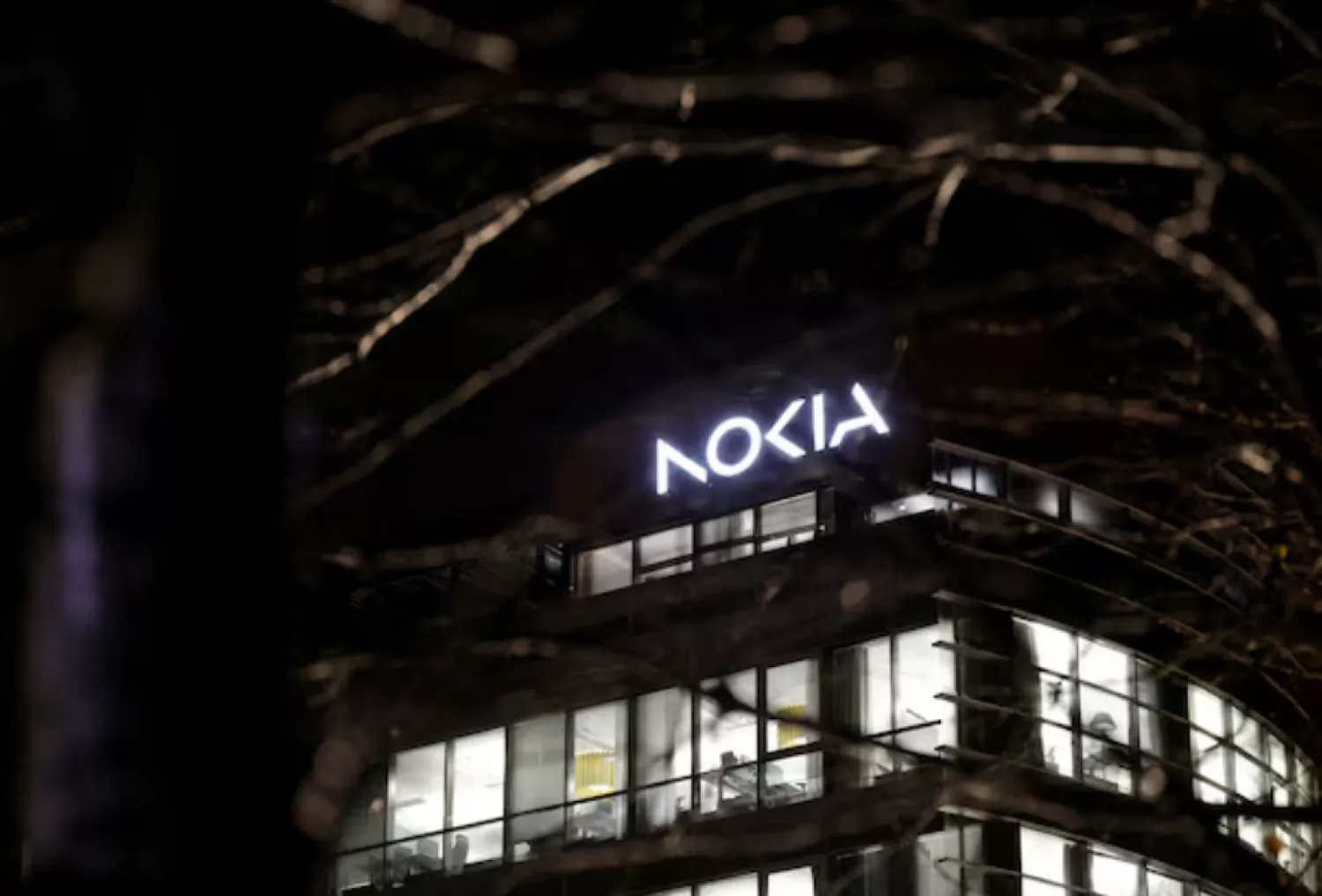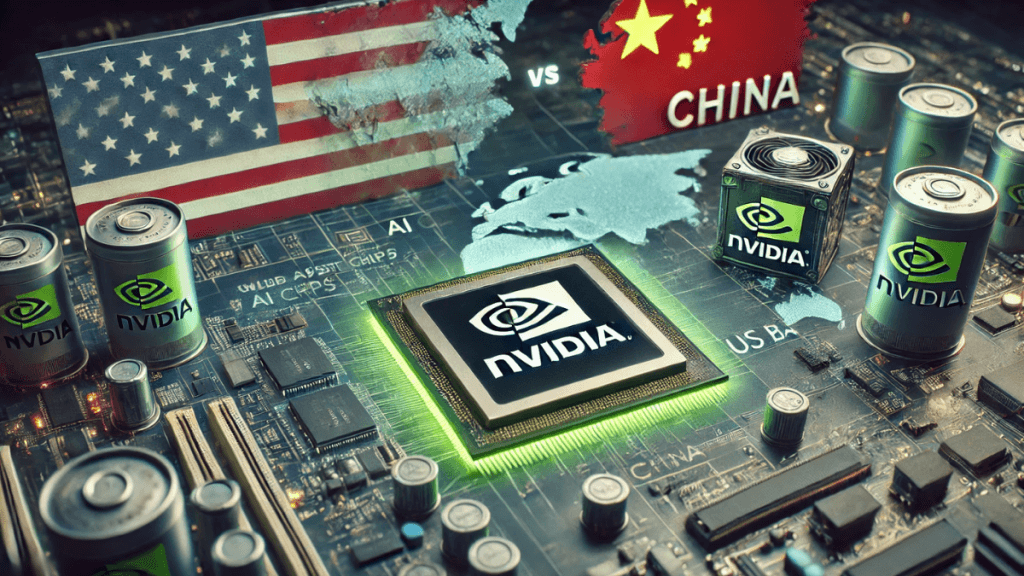Stellantis Adopts Tesla Charging Standard, Opens Supercharger Access
Stellantis announced on November 20, 2025 that it will adopt the North American Charging Standard for select electric models, giving eligible vehicles access to Tesla’s Supercharger network in North America and later in Japan and South Korea. The rollout will begin in 2026 with some 2026 era Jeep and Dodge models, a move the company said will expand convenient fast charging and simplify interoperability as electric vehicle fleets grow.

Stellantis said on November 20 that it would adopt the North American Charging Standard for select electric models, enabling eligible Stellantis vehicles to use Tesla’s Supercharger network in North America and to expand access in Japan and South Korea in later years. The company said the transition will begin in 2026 and that initial vehicles will include some 2026 era Jeep and Dodge models.
Stellantis framed the decision as a customer convenience measure meant to broaden fast charging options and to simplify public charging interoperability as more consumers buy battery electric vehicles. The move follows a string of industry alignments around the Tesla connector and underscores an emerging practical standard for high power charging in several markets.
Opening large numbers of Superchargers to Stellantis customers immediately changes the charging landscape for millions of drivers. Tesla’s Supercharger network is among the most extensive and fastest growing public fast charging infrastructures in North America. For owners of eligible Stellantis EVs, the new access promises shorter waits for charging and a wider geographic coverage of fast chargers, which could reduce range anxiety and make longer trips more feasible without complex route planning.
The short term impacts will hinge on rollout details, including which models receive NACS ports and how soon owners will be able to use Superchargers. Stellantis will need to complete technical integration and commercial arrangements with Tesla, and it will have to roll out compatible hardware and software across specific vehicle lines. The manner of access, whether through built in ports or adapters, will determine the immediacy of benefits for buyers of current and near future models.
Industry analysts said the adoption signaled continued consolidation around NACS as a de facto fast charging connector in several markets. That consolidation has consequences for competing connector standards and for companies that build and operate charging stations. Operators who have invested heavily in alternative standards will face pressure to support NACS either by adding new plugs or providing adapters, a costly process that could reshape investment priorities in the charging sector.
The decision also carries geopolitical and regulatory dimensions. By expanding later into Japan and South Korea, Stellantis acknowledged that charging standards are becoming an international commercial issue as automakers and charging networks seek scale. Regulators and competition authorities may scrutinize large private networks that become dominant access points for multiple automakers, particularly as charging becomes a critical retail and infrastructure resource.
For consumers, the most immediate change will be convenience. Stellantis said that providing Supercharger access was intended to simplify public charging for its customers. For the charging industry, the announcement reinforced a trend toward fewer, widely adopted connectors and more interoperability agreements between automakers and network operators. The full effects will become clearer as Stellantis and Tesla complete technical, commercial, and regulatory steps and as the 2026 rollout reaches consumers.


